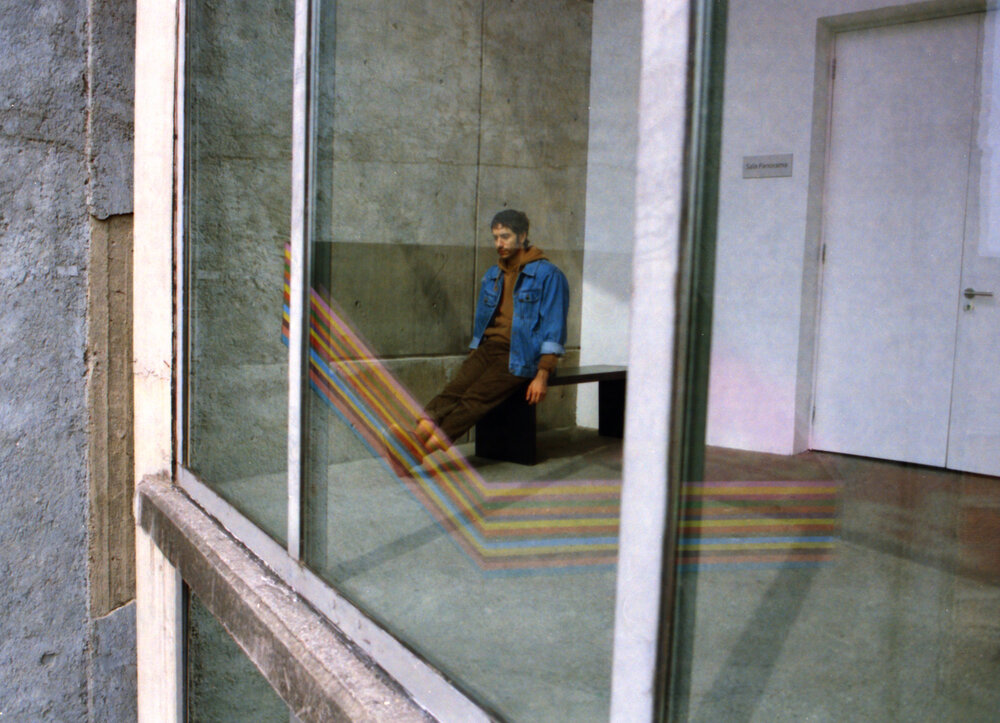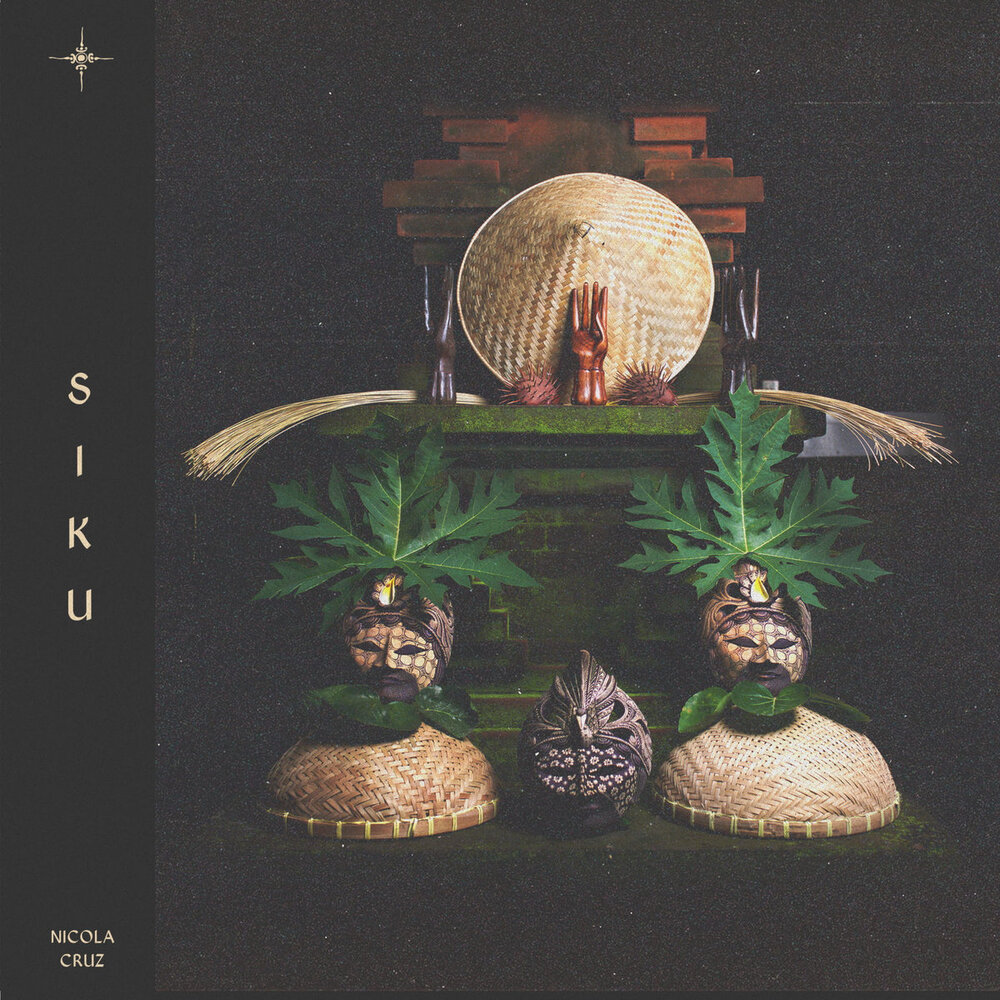
The title of Nicola Cruz’s latest album, Siku pays tribute to the traditional Andean panpipe, a dual wind instrument bringing two musicians together in performance. In this, Siku signifies artful symbiosis, disconnecting from an individualistic mindset and accepting a woven innerconnection — a coming together through music.
Listeners will feel a magnetic draw to the album’s hypnotic rhythms, Cruz creating a vivid Latin American experience for listeners to meld into and with; another reminder of the Siku’s immersive, jointly performance. Siku signifies deep connection; each song serving a channel that runs through the various South American cultural identities and heritages — Cruz masterfully applying an overarching global perspective, inviting all backgrounds to find commonality.

Born in Limoges, France to Ecuadorian parents Cruz gravitated toward music at a youthful age; by 12 years old, his inquisitive inkling for music was in full force, prompting his parents to purchase him a drum set. This instrument was a tangible starting point to Cruz’s exploratory phase, the burgeoning artist weaving in and out of whichever genre piqued his fascination. And while a far stray from his current work, Cruz found his musical footing by covering Megadeth songs. This consciousness to liberate oneself from a genre’s perimeters carries over into Cruz’s present day creative process. “I’ve never felt stuck in a genre or category, it’s always about how I feel everyday,” says Cruz.
In 2015 Cruz’s debut album, Prender el Alma recognizes a range of South American impressions with a focus on Ecuadorian and Andean cosmology. Four years later Siku epitomizes a creative evolution in Cruz’s artistry — it’s a new alignment in which Cruz cultivates inclusiveness, the record euphonious to varying cultures even outside South America. A broad sweep, Siku’s dynamic and cross-cultural qualities emerge through Cruz’s collaborative strides.
On the record’s eighth song “Obsidiana,” Ecuadorian musician Mauricio Vicencio plays sitar, the song also drawing on Pablo Vicencio’s lending of percussions. On “Criançada” Brazillian poet and singer Castello Branco’s vocals chant to samba inspired rhythms, while “Voz de las Montañas” invites Minük into the mix. These merging layers and styles result in a prismatic veil of creativity and spirit only cross-connectivity can manifest.
Siku’s collaborative qualities are telling of Cruz’s sincere desire to look beyond his own creative offerings, steps toward evolution where cultures not merely coexist but seek out and honor the beautiful uniquability in one another.

>
“When it comes to the cross-cultural exchange on Siku, Cruz casts a wide net: In “Esu Enia,” Portuguese percussionist Márcio Pinto shines flickering melodies from the balafon, a xylophone-type instrument that originated in 12th century West Africa. And on “Voz de las Montañas,” heavenly chants by Colombian-Swedish duo Minük draw links between both Nordic and Andean spiritual practices. ”
